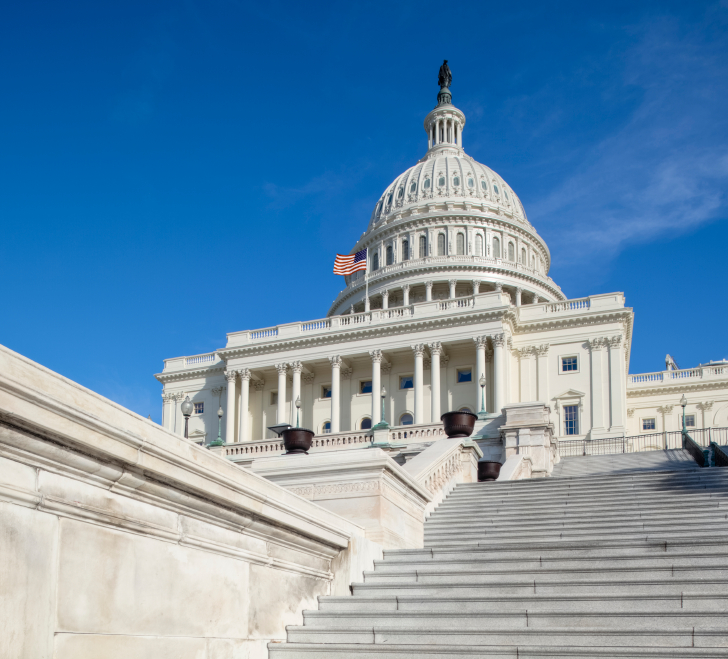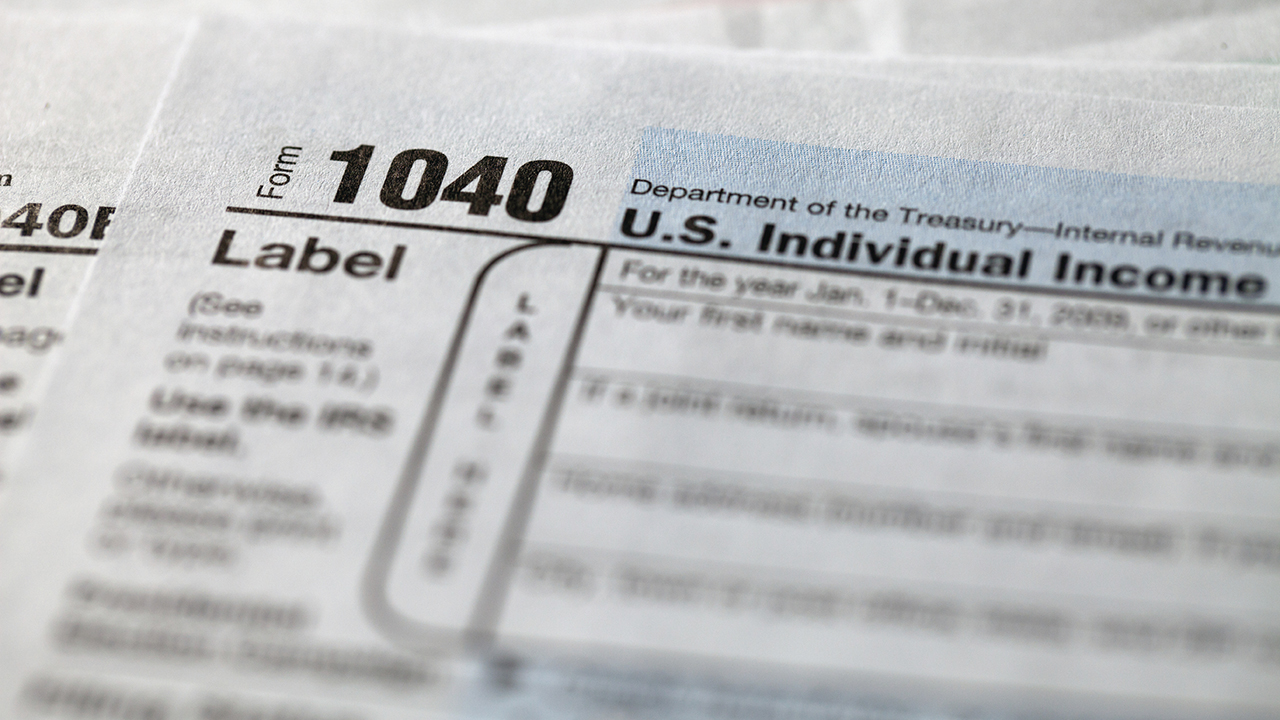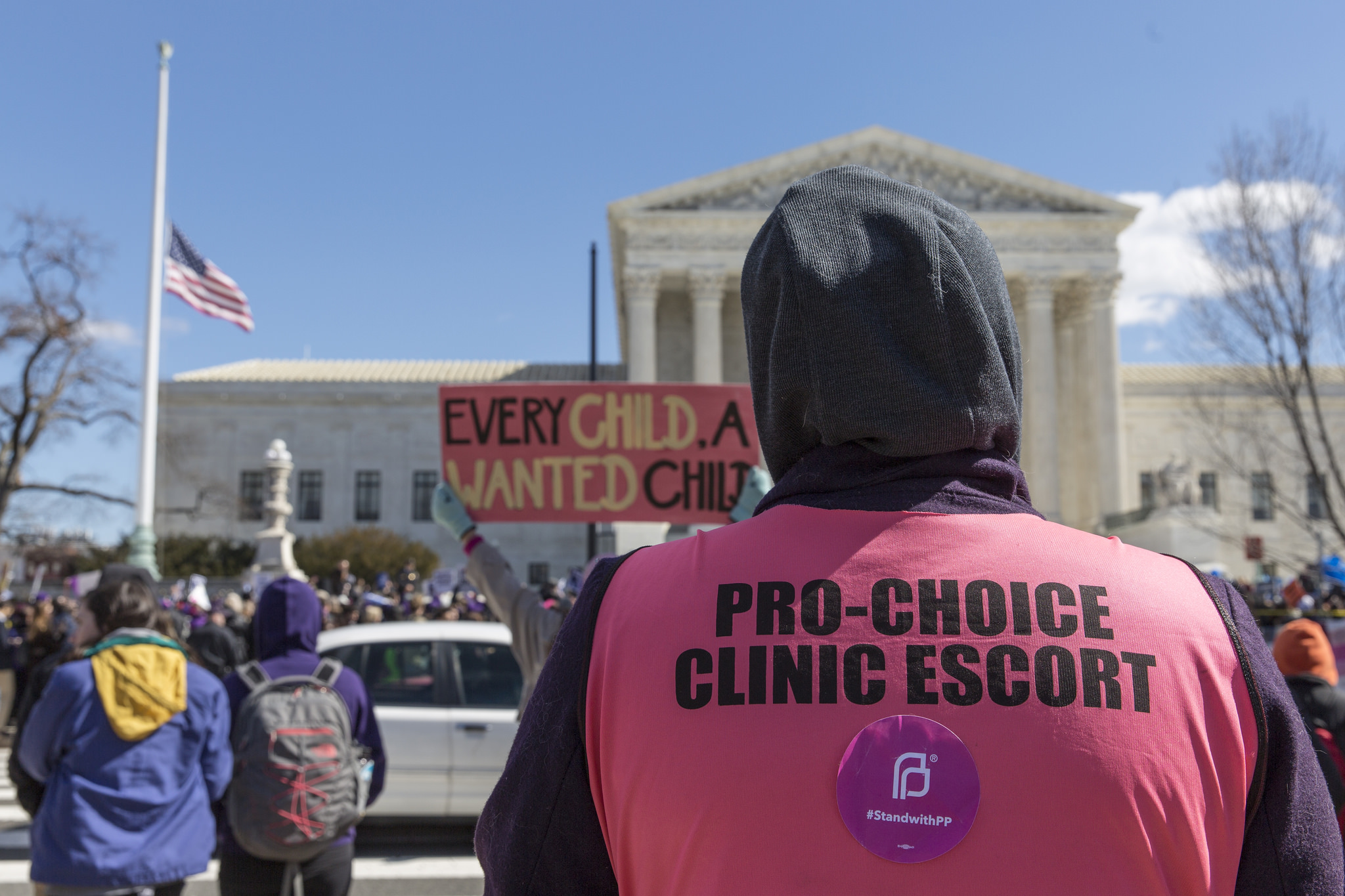Child Care, Universal Pre-K, and Paid Leave are Good for Economic Growth
The Build Back Better Act would make historic investments to support women and families with policies like child care, universal pre-K, and paid family and medical leave. These policies were needed long before the COVID-19 pandemic.
Women’s labor force participation in the U.S. fell from sixth highest among OECD countries to 17th between 1990 and 2010. Researchers found 28-29% of this decrease in ranking was due to “family-friendly” policies like paid family leave being implemented in other countries, but not in the U.S.
The Federal Reserve Bank of San Francisco also observed in a 2018 study that while the labor force participation rate for women in their prime working years (ages 25 to 54) in the U.S. and Canada was nearly identical in 1997 (77%), by 2017, participation for Canadian women rose to 83% while the rate for U.S. women fell to 75%. They note that one possible explanation is a set of policies that have followed significantly different paths in the U.S. and Canada over this period: child care and paid family leave.
Women in the U.S. were already being pushed out of the labor force because of a lack of federal investment in the policies that support them and their families. Then the pandemic struck, causing major consequences for the economy.
Women account for 59.2% of net job losses since February 2020. Women’s overall labor force participation rate is the lowest it’s been since 1991. Participation rates for Black women and Latinas are nearly 3 percentage points lower than their February 2020 levels, which means the pandemic has been disproportionately pushing them out of the labor force.
Industries mostly comprised of women—such as education and health services as well as leisure and hospitality—were hit hard early on given the increased in-person health risks to workers. Additionally, child care centers and schools closed, and home care and domestic workers were laid off. Many mothers have been unable to manage caregiving for children and other family members, remote learning, and other responsibilities on top of paid work.
To grow the economy, and give women the chance to rejoin the labor force, we must invest in child care, universal pre-K, and paid leave.
Child Care
Child care promotes children’s cognitive, social, and emotional development, but wages lost due to barriers to accessible and affordable child care are substantial—estimated at $9.4 billion annually. And these barriers disproportionately impact women of color. Before the pandemic, women were already reducing work hours because of these barriers; the equivalent of a 5% wage cut.
Women are more likely to be employed in states where child care is more affordable and accessible. Providing access to child care for everyone who needs it would increase the number of prime-age women with young children who are working full time by an estimated 17%.
The Economic Policy Institute estimates an investment that caps child care expenditures at 10% of a family’s income would increase GDP by $210 billion due to an increase in women’s labor force participation.
Universal Pre-K
Like child care, the benefits of pre-K are twofold and will increase GDP: Providing support for working parents and improving educational outcomes for our youngest learners, especially those from low-income families. Despite this, only 40% of three- and four-year-old’s in the United States have access to pre-K compared to 90% of those in other OECD countries like France, Germany, South Korea, Spain, and the United Kingdom.
Washington D.C.’s program allows for two years of free universal public pre-K and mothers with young children participating in the labor force increased by 10 percentage points that are directly attributable to the program.
Pre-K programs are also proven to have long-term benefits, improving the labor productivity of students attending the programs.
Paid Family and Medical Leave
Only around 20% of workers have access to employer-provided paid leave to care for their loved ones. And wages lost due to a lack of paid leave are estimated to be $22.5 billion annually.
Paid leave prevents workers from having to exit the labor force entirely. A study of the early impacts of California’s paid leave law found an increase in new mothers’ likelihood of working a year after giving birth. Additional research on California and New Jersey shows a similar positive impact. Retention can also save businesses the costs associated with hiring and training new workers and increases labor productivity.
Investing in child care, universal pre-K, and paid leave is an economic imperative that increases women’s labor force participation and labor productivity. The National Partnership for Women & Families estimates that if women’s labor force participation in the U.S. were to match rates for women in Canada, Germany, and the United Kingdom—where public policies provide greater support for caregiving—there would be up to 4.85 million more women in the workforce and $650 billion per year added to the economy overall.
The federal government uses revenue from taxes to pay for government services and invest in our shared priorities. A larger labor force, especially when combined with closing lopsided tax breaks for corporations and wealthy households, means more revenue generated through income taxes, which currently accounts for 50% of federal tax revenue, for these services and priorities.
Investing in these policies will support women and families and grow the economy. It’s crucial for Congress to include historic investments in child care, universal pre-K, and paid leave in the Build Back Better Act and pass it expeditiously.





